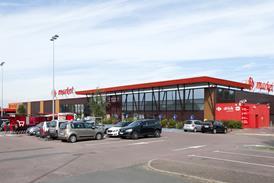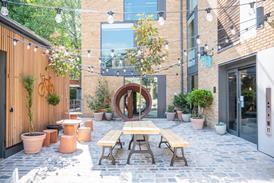Editor: Owners of heritage buildings have long been calling for greater support to help them bring their assets up to speed with sustainability targets, so it is reassuring to see the City of London Corporation releasing a retrofit toolkit.
Such a toolkit would have been a great help in navigating the challenges of retrofitting our grade II-listed building, 1 Cornhill, at the heart of the Square Mile opposite the Bank of England.
From replacing the heating and cooling system to reducing energy consumption through motion-sensor lighting and designing a heritage lounge that sensitively restored the building’s original grandeur, the retrofit had to navigate complex and inconsistent planning regulations and conservation challenges.
Greater government support is needed to unlock the potential economic output generated by retrofitting, which was recently estimated at £35bn annually. If only new builds continue to receive VAT exemptions, a demolition-and-rebuild mindset will remain.
Financial incentives for retrofitting are urgently needed if we are to bring our existing stock in line with carbon targets.
We must also see a commitment from the government to bridge the heritage skills gap that is holding back the sector. If we don’t quickly upskill our engineering and construction industries with retrofitting in mind, the Retrofit Toolkit will be little help when it comes to the labour and skills required to secure the future of our heritage buildings.
At first glance, heritage buildings may appear to present a daunting hurdle to net zero goals. However, given 80% of buildings that will be occupied in 2050 already exist, decarbonising existing stock is crucial.
For instance, in the office sector, more than a third of a typical office development’s lifetime carbon dioxide emissions will have been emitted upon completion of the building. We must not leave heritage buildings behind in the race to net zero.
John Drover, chief executive, Argyll































No comments yet